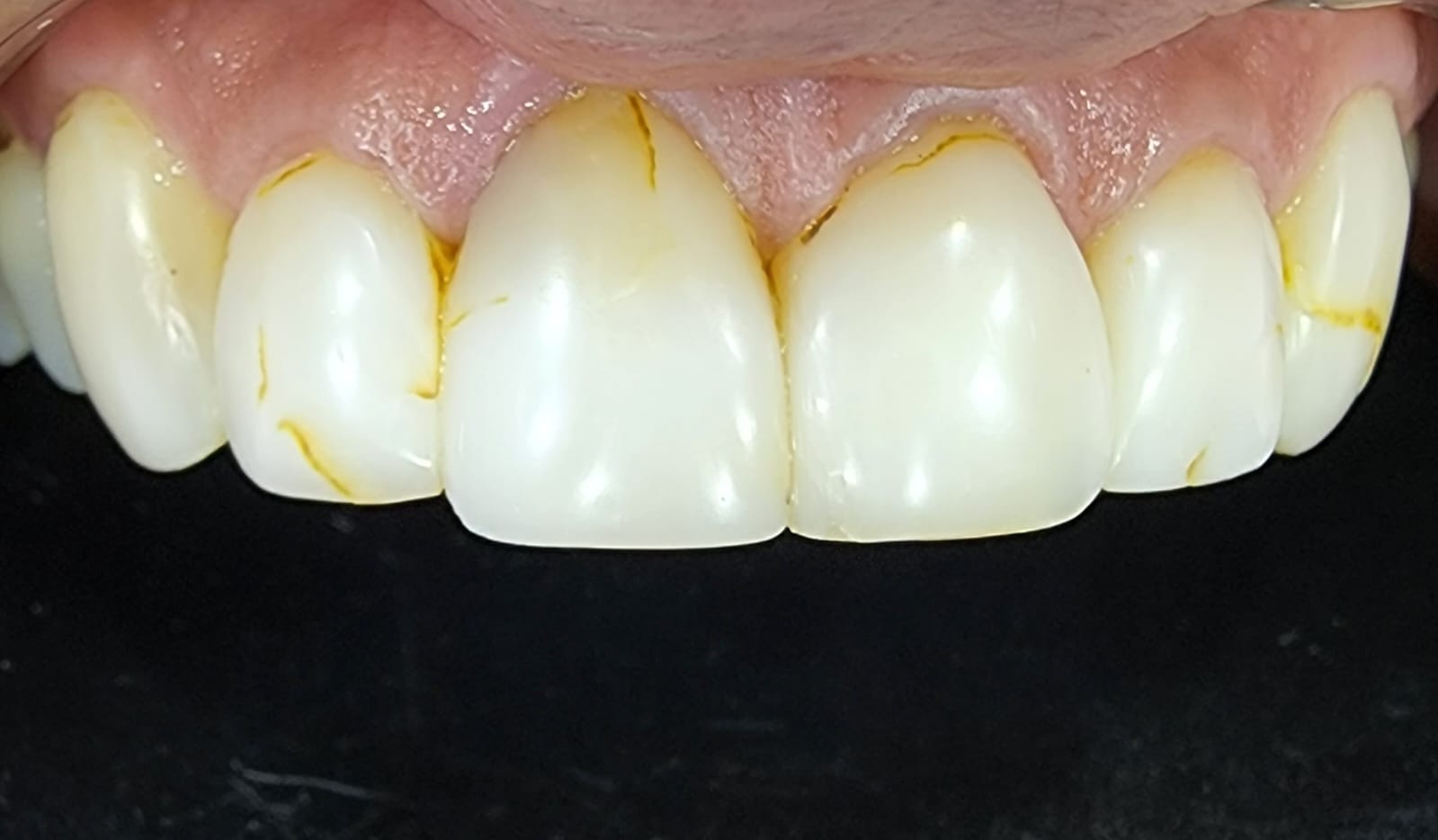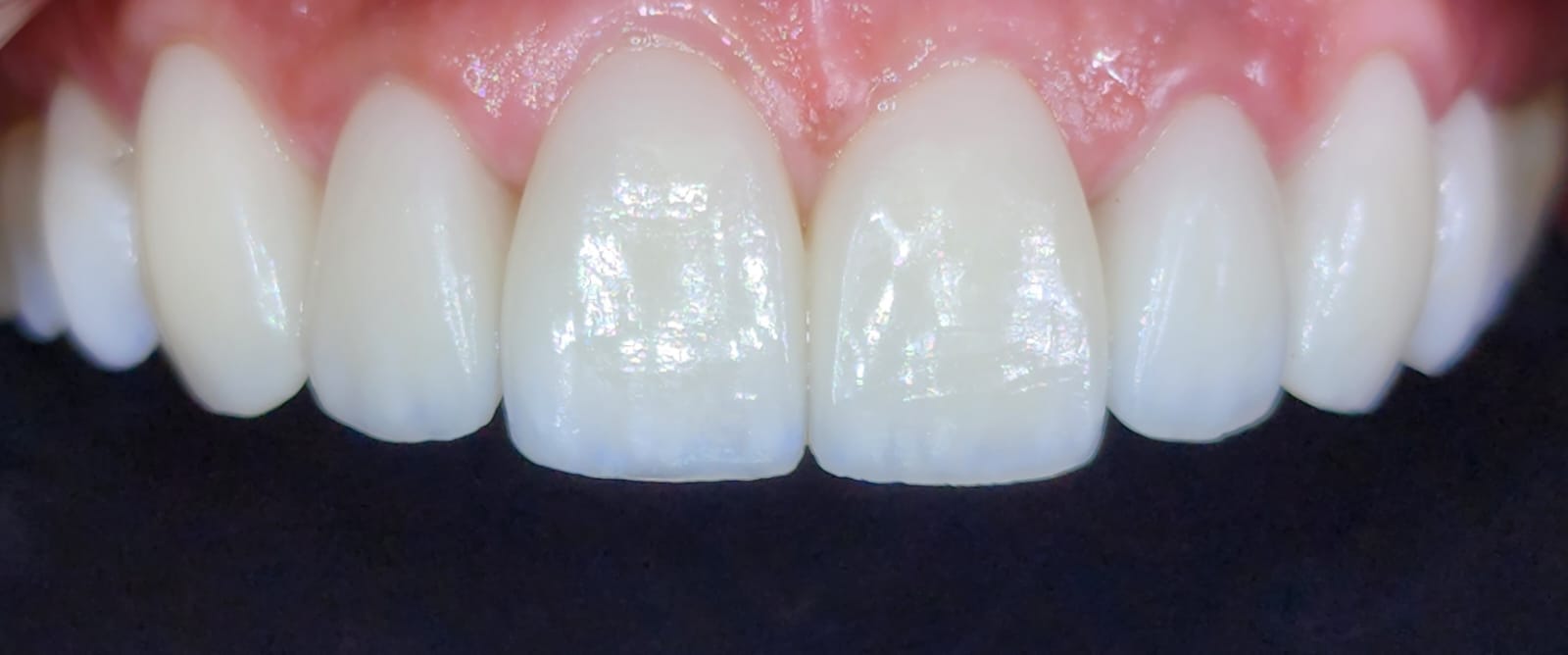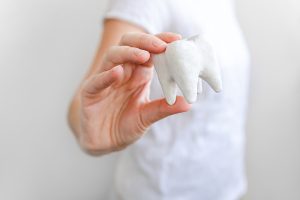What are porcelain veneers, and how are they done?
Porcelain veneers – Laminates, are thin porcelain shells, with an average thickness of 0.5 mm, that are glued on each tooth individually, after minimal removal of thin enamel layer on the front of the tooth only. The treatment is designed to improve the appearance of the teeth and smile. Many people dream of a winsome smile, a white, harmonious, healthy and natural smile.
In the past decade, dentistry has advanced both technologically and in terms of understanding the need to improve dental aesthetics. Coupled with the improved healthcare of teeth and gums, this makes dreams come true today. The general public is constantly exposed to endless information on the Internet, Google and social networks, but the information on porcelain veneer application is very confusing. Zirconia dental crowns, porcelain veneers, crystal veneers, nano ceramic veneers, laminate veneers or Lumineers veneers, all these expressions are thrown out there via computers non-stop, creating a lot of confusion.
That’s why we sat down with Dr. Gilad Fiskus, the owner of a dental clinic and a graduate of the first annual training in dental aesthetics, which was held in Jerusalem at the Hadassah Ein Kerem School of Dental Medicine, he will sort out the issue of dental veneers application for us.
Are porcelain veneers a quick solution for teeth straightening, performed by orthodontists?
First of all, my general recommendation is that if it is possible to straighten teeth by a traditional method of teeth moving, especially in young adults, this is the recommended method. On the other hand, many people, mostly adults over the age of twenty, do not want to go through a long process of months or even years and are looking for a quick and good solution, which will allow them to have a smile full of white teeth, a new and white smile that immediately improves their self-confidence and lights up their face.
Does prep work on tooth before bonding damage or destroy the tooth?
In the skilled hands of a careful dentist, the answer is, “No.” Think before you act. Each case requires preliminary diagnosis and porcelain veneers are not suitable for everyone. Since the thickness of the porcelain veneer is about half a mm, it is not possible to correct dental deviations that are greater than one mm.
When should we do porcelain dental veneers?
Applying porcelain veneers provides a quick and conservative solution to a variety of aesthetic problems in teeth and gums. With precise bonding that adheres to strict technique rules, the veneers will stay in the mouth for many years to come. The variety of problems that we seek to solve can be divided into groups, but usually dental veneers solve several problems at the same time for each patient.
- Worn out teeth
- Congenital absence of one or more teeth
- Crooked teeth that cannot be straightened or the ones that the patient does not want to straighten the usual way, by having teeth moved by an orthodontist.
- Spacious / crowded dentition.
- Stains on teeth that cannot be removed with teeth whitening.
- Asymmetrical or slightly receding gums.
- Inverted occlusion or open bite malocclusion.
- Replacement of old, defective dental crowns and veneers.
How do we achieve a winning smile, a smile that is white, beautiful, healthy and natural?
Joining forces of Dr. Gilad Fiskus and his dental technician guarantees the perfect final result. There are several critical steps to achieving the desired end result.
The first step is accomplished during the first examination and includes understanding the problems that need to be solved and the patient’s wishes as well. This is a phase of coordinating expectations, detailed explanations and preparing the final model. As the saying goes, ”Think before you act!”
The second step is performed at the next appointment, in which Dr. Gilad removes a minimal layer of enamel from the outer tooth surface and takes measurements for the technicians. The importance of accuracy here is critical, both for the final appearance of the teeth and for the smooth and healthy transition to the gums. At this stage, Dr. Gilad uses X10 magnifying glasses and a digital scanner, which allows him to get accurate measurements with ease. The digital scanner is a handle with a camera at the end of it. It has come to replace all the plasticine materials that were used in the past to take measurements. At this stage technicians are also present, choosing and matching the color of the veneers to the color of the rest of teeth in the patient’s mouth. They also write down other things that will help ensure natural results, such as areas of transparency that allow light to penetrate, surface configuration and the correct tooth angles that are custom-suited for each patient.
The final step of bonding the veneers is performed after a few days. During those days, there are temporary plastic veneers on the teeth that, according to their shape, already look like the final result.
Before the final bonding, Dr. Gilad performs a test application, with everyone present, including the patient, examining the final result before the bonding. From experience, most cases will look perfect and it is possible to move onto the bonding stage immediately. If there are any comments from either Dr. Gilad or the patient, the technicians are there to quickly fix what needs fixing, right there in the laboratory.
The bonding phase is also extremely important and it takes time. Dr. Gilad bonds each dental veneer individually on each tooth to ensure a smooth transition between the teeth and between dental veneers and the gums. The bonding is performed with generation 4 adhesives. Although they require more careful attention and the use of several materials, this is the strongest bonding available in dentistry.
The final step of cleaning excess glue in the transition area between the tooth and the gums is also performed with X10 magnifying glasses, to ensure a well-sealed, clean and smooth transition, allowing the gums to look healthy, pink and bleeding-free.
Porcelain dental veneers before and after
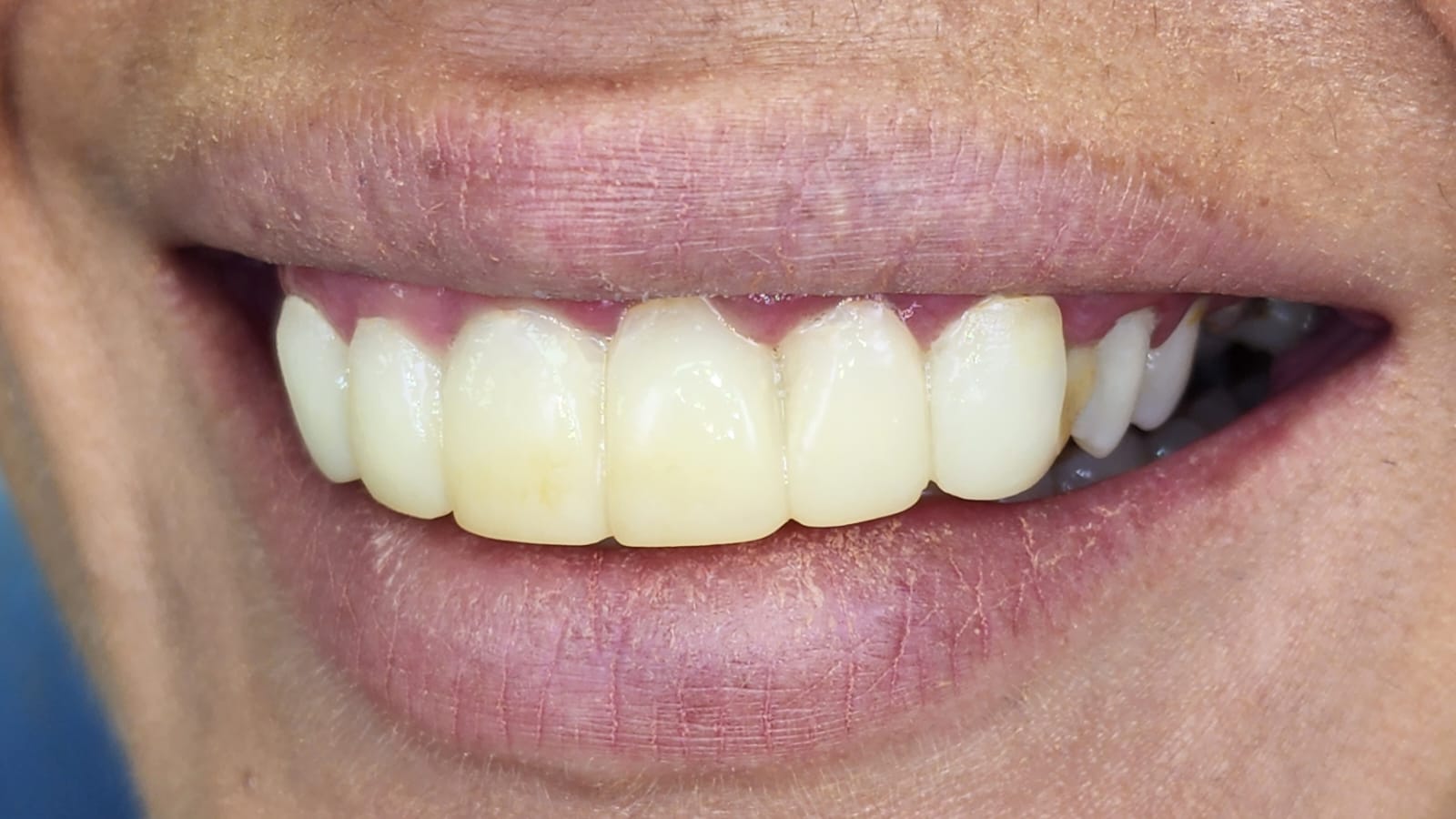
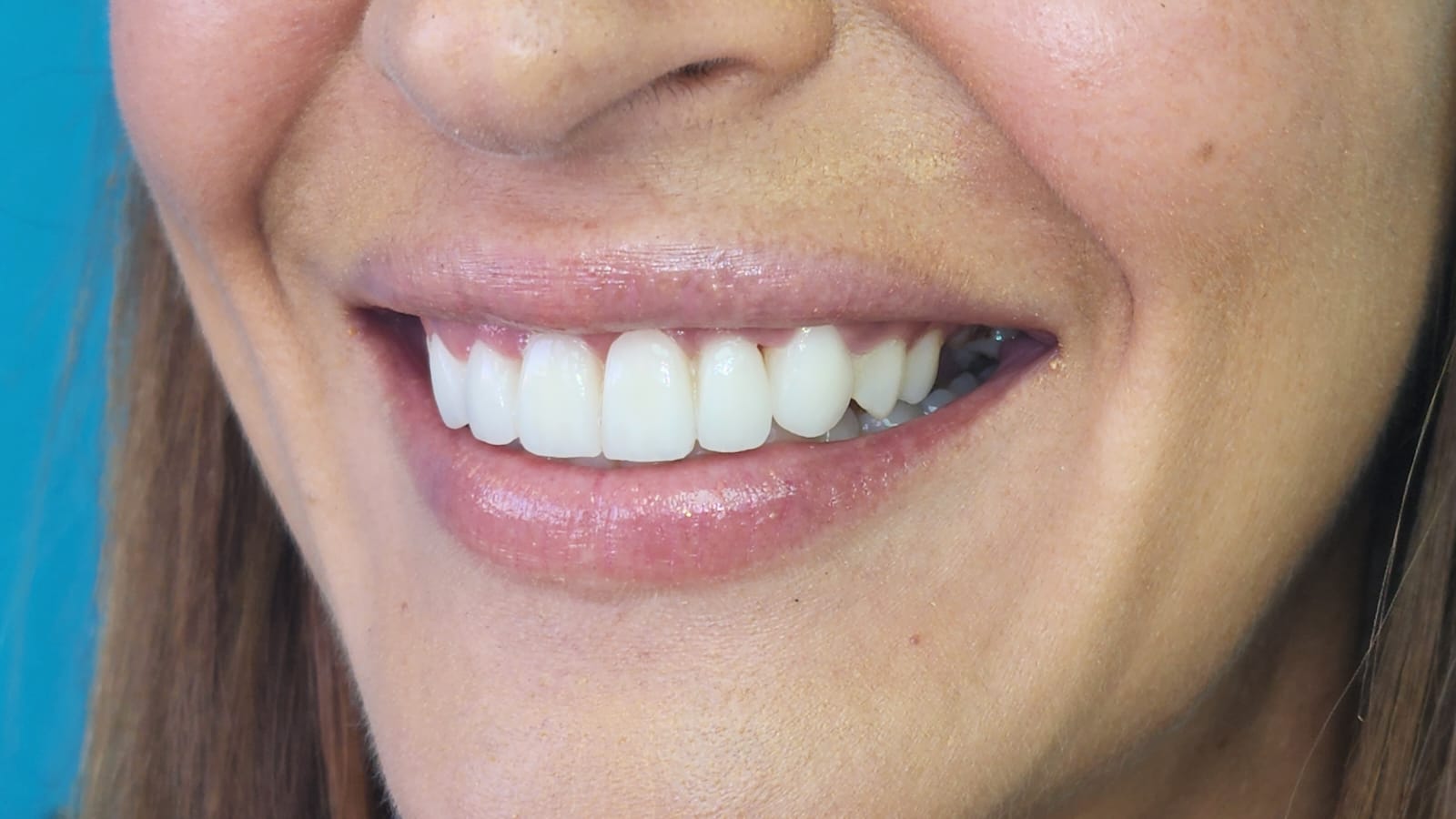
ציפויי חרסינה לפני ואחרי
